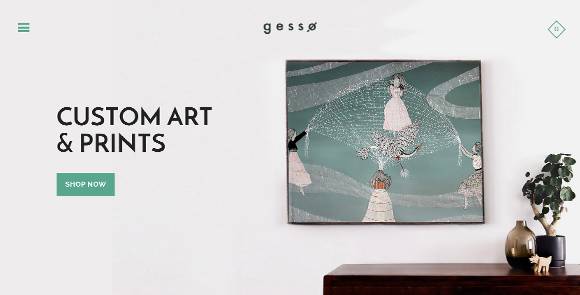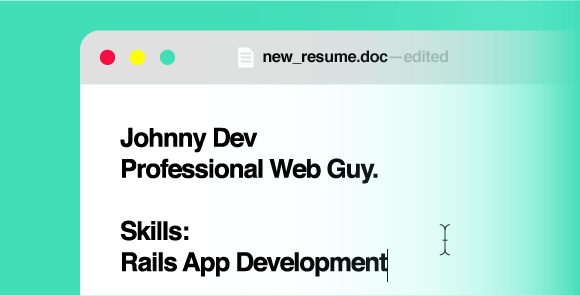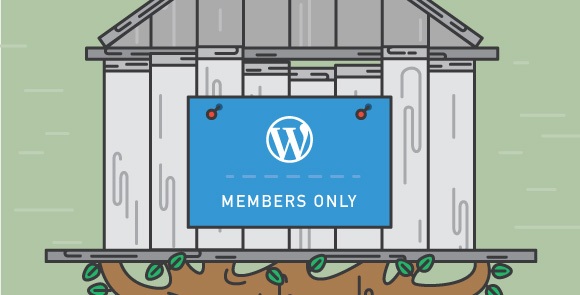
A healthy amount of our business comes as inbound leads through our website and email. Once we’re contacted it’s important to quickly identify whether a company is a good fit for our team. By properly qualifying leads that we continue to pursue , we’re able to save valuable time for our team and also our potential clients. In our initial communications with potential clients, we aim to identify a client’s budget and timeline first before proceeding to further questions.
Budget & Timeline
It’s optimal when a client gives us a budget or even a budget range. Contrary to popular belief, providing a budget upfront helps us put together a solution that aligns with a client’s budget and allows us to be more creative with our proposed solutions. Of course, we understand that a client is sometimes unsure about budget, and may not have a range yet. In this situation, we can help educate a client by sharing our typical budgets for similar sized projects.
As for timeline, clients are often looking to hit important milestones for their business. Understanding the urgency of projects helps us prioritize features and gauge what is realistically possible during given timelines. This also calls into question our team’s availability. With aggressive timelines, we’ll need to make sure we can actually accomplish projects with our team’s current workload.
Once we’ve qualified a client’s budget and timeline, there are 5 areas that we examine to determine whether we continue to pursue a lead:
1. The Company
We first evaluate to see if we’re dealing with a credible company. If the company is a startup, we do research on its funding history and press. Crunchbase is an effective tool to find this information. Since we’re looking for long term partnerships, we want to ensure that we’re dealing with a company that appears to be growing or is already established in the industry. We aim to understand what the company does, who their customers are, what makes them different, and the goals of their digital efforts.
Flags: Lack of track record, Industries: religious organizations, cults, tobacco, firearms, adult, offensive content
2. The Client Team
Even if the company is amazing, it’s the individual people that we interact with at the end of the day. We want to work with great people who we can respect and who respect our team. Through our interactions via email, on the phone, and in person, we can understand the attitude of our clients’ teams. This can be seen through things like language or respecting appointment times. Clients who dismiss the value of our work or communicate poorly generally don’t lead to productive partnerships and successful engagements.
We also aim to be talking with the decision makers at the company. We know that sometimes a proposal process is lead by more junior members of a team, but we’d like to be speaking directly with the ultimate decision makers early on in the process. We’ve seen situations where CEOs and CMOs have jumped in at the last second and have derailed productive engagement conversations. This often translates over to the engagement itself as well, and means that projects can also be derailed without involvement from the primary stakeholders early on.
Flags: Disrespectful interactions, decision-maker is not involved
3. Our Team
We look internally and examine if this project or company is one that our team has a desire to work on. Our team is focused on working with healthy lifestyle companies and we’re excited for opportunities to work with companies in the space. We’re also experimenting with new technologies and it’s appealing when a client is open to experimenting with new platforms and emerging technologies.
4. The Project
We look at the goals of project to understand if it has enough weight within a company to actually be seen through to success. If the goals of the project aren’t clearly articulated and contribute to the overall success of the company, we’ve seen projects launch without adequate ongoing support. It’s also important to understand what division within a company is paying for the project to make sure we’re aligned with the company and organizational goals.
We also look at the type of work that’s involved and examine the effort and team we’ll need to have involved. If the scope of work includes items that are out of our core competency we might pull in an expert partner for certain aspects of an engagement.
Finally, we examine if the project has the potential to win awards or gain us more business. Our reputation is gained through doing awesome work and getting recognized could pay off in the future.
Flags: Low organizational importance, low potential for visibility
5. The Proposal/Pitch Effort & Probability
The process of the pitch is an important consideration when deciding whether to move forward with a project. We look at competition to gauge the potential of success. How many other companies is the client choosing between? How many have committed to sending a proposal? Typically we’ll turn down opportunities when any company is reviewing more than 3 agencies unless we have a previous relationship with the client. Otherwise, the effort that goes into a pitch has a low percentage of success. In addition, it’s important to understand the factors that a client is weighing when they’re evaluating agencies. Is a client focused on previous experience, technical proficiency, strategy, or design?
We’ll also look into the proposal effort – we take caution if a RFP requires spec work or requires a response that follows a very specific format.
Flags: Required spec work, Unclear factors for selection, too many agencies involved in a pitch
Conclusion
In our project selection process, we’re constantly looking for ways to work with clients who we can help become successful. We’re continuing to evolve and refine our framework based on our ongoing experiences and we’re open to feedback from clients and peers.
Illustration by Andres Maza.




